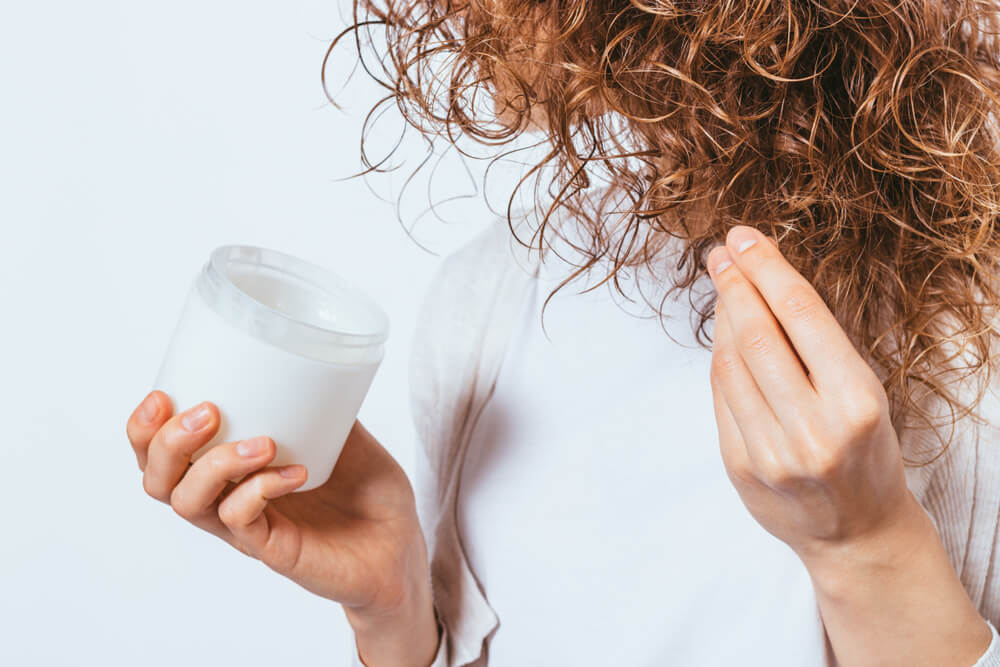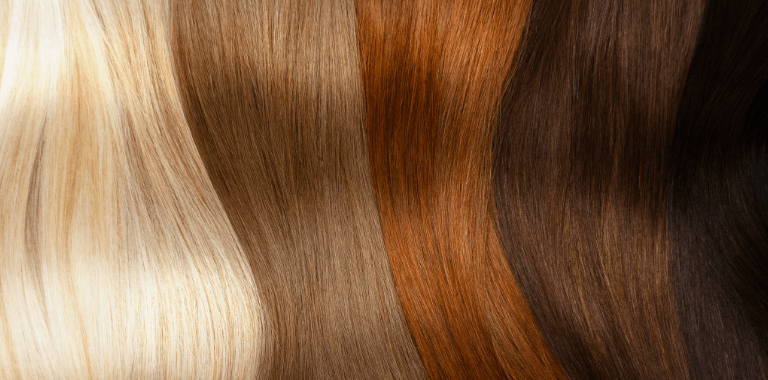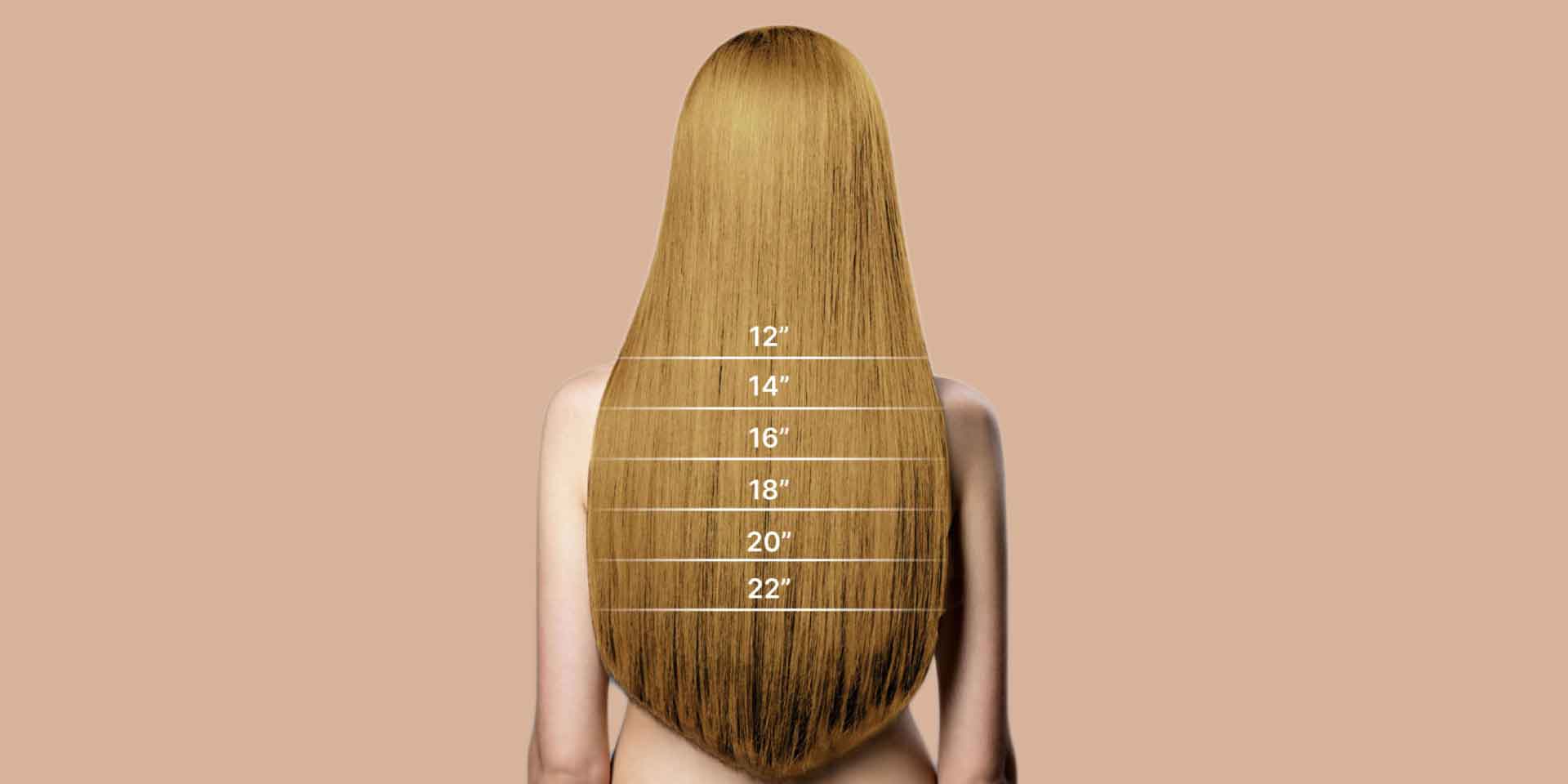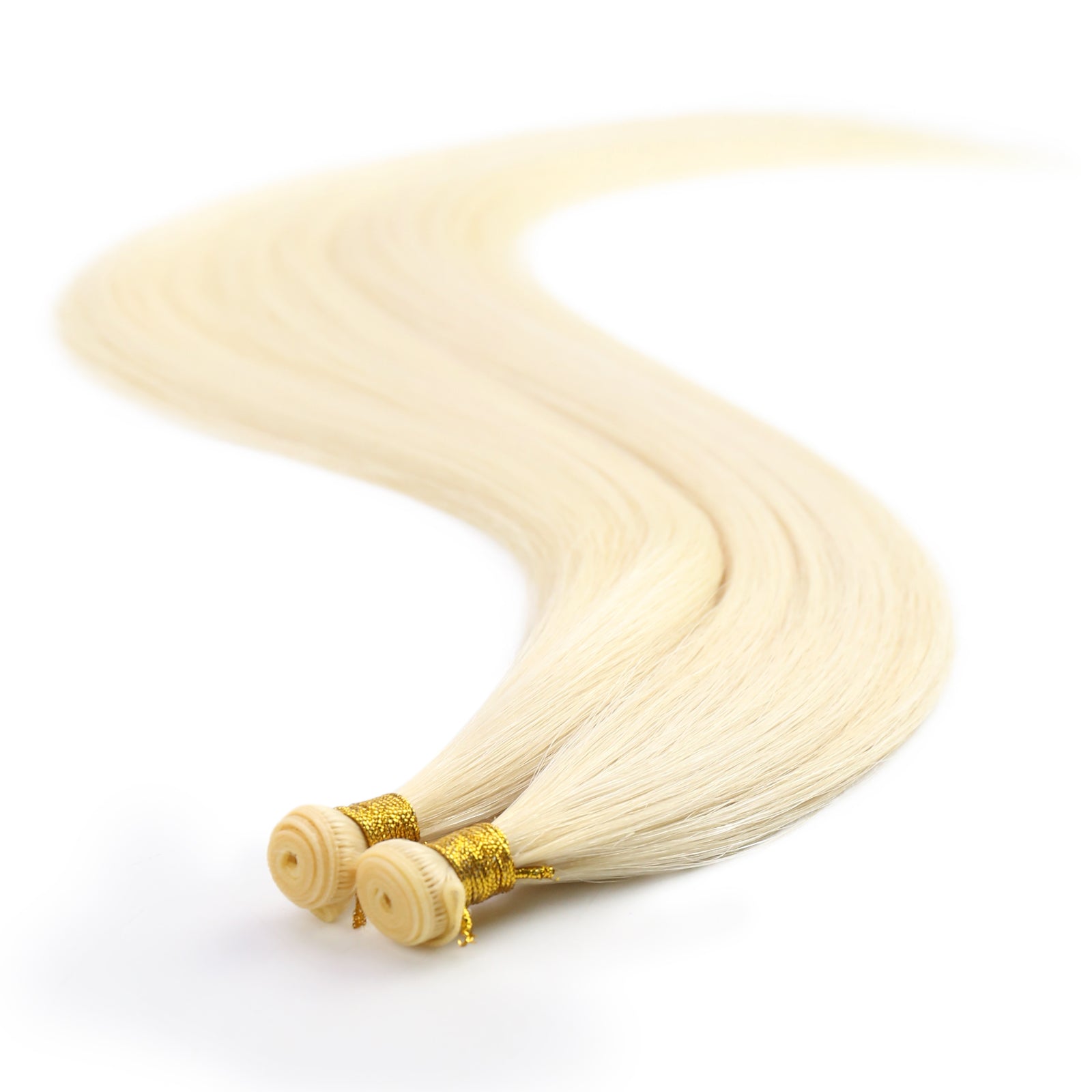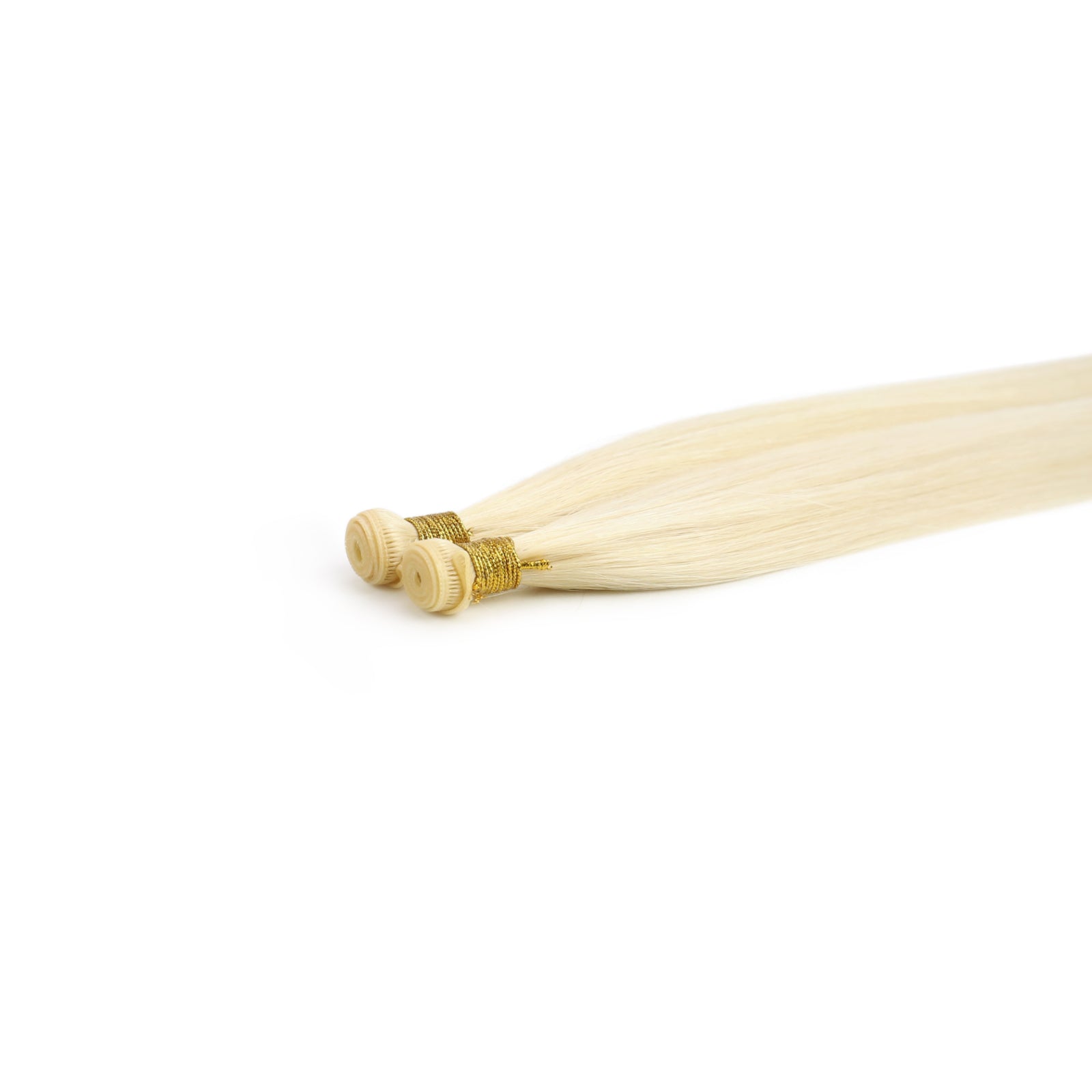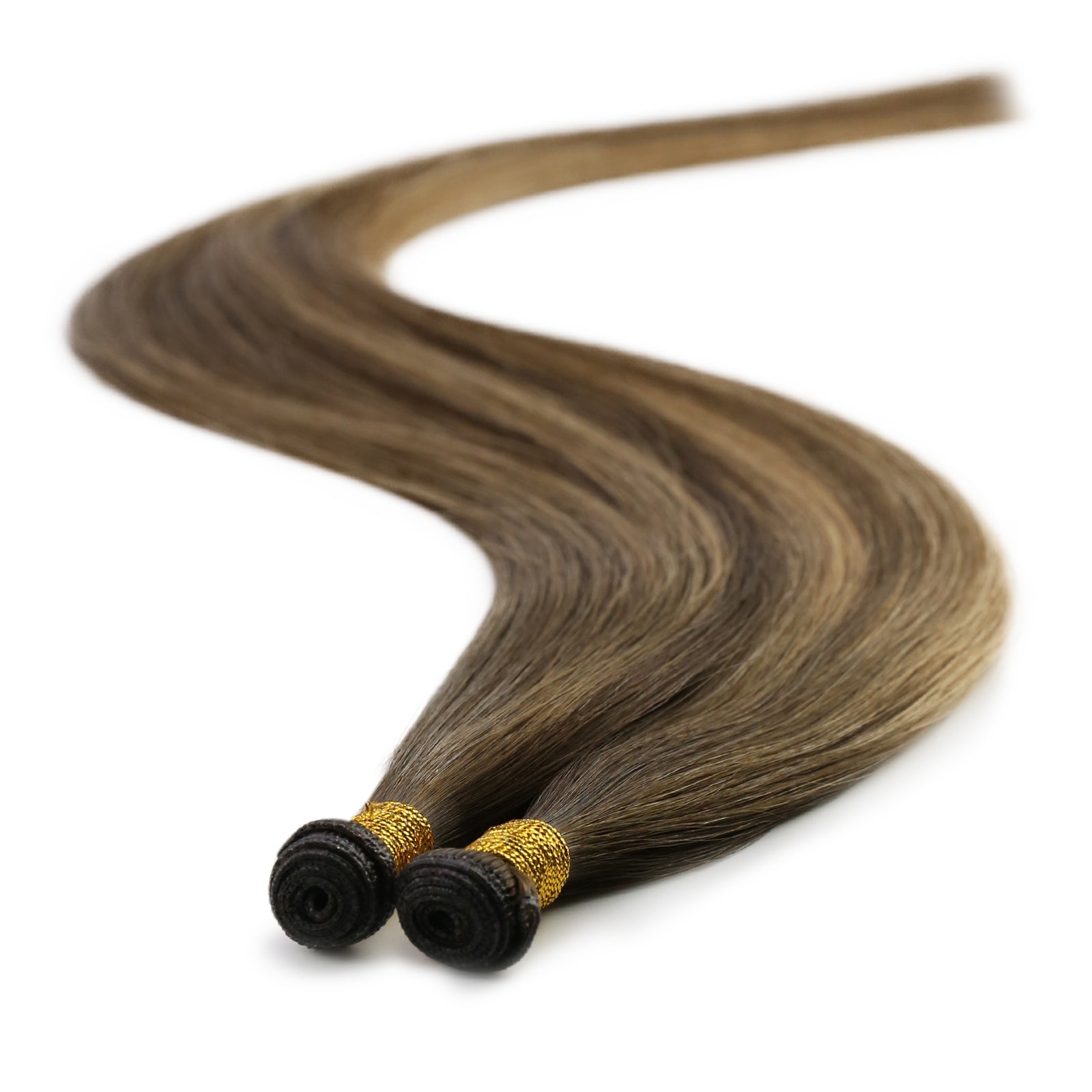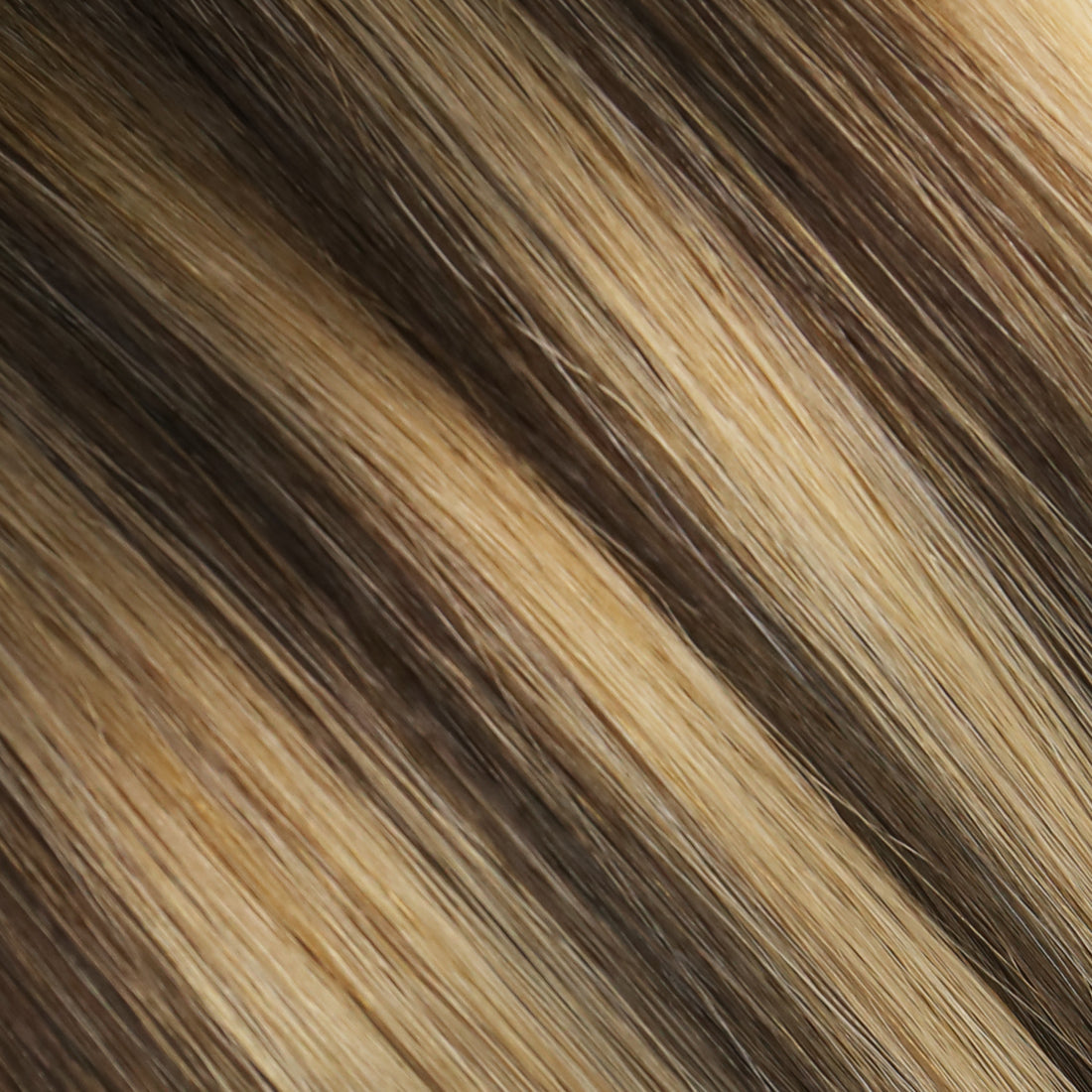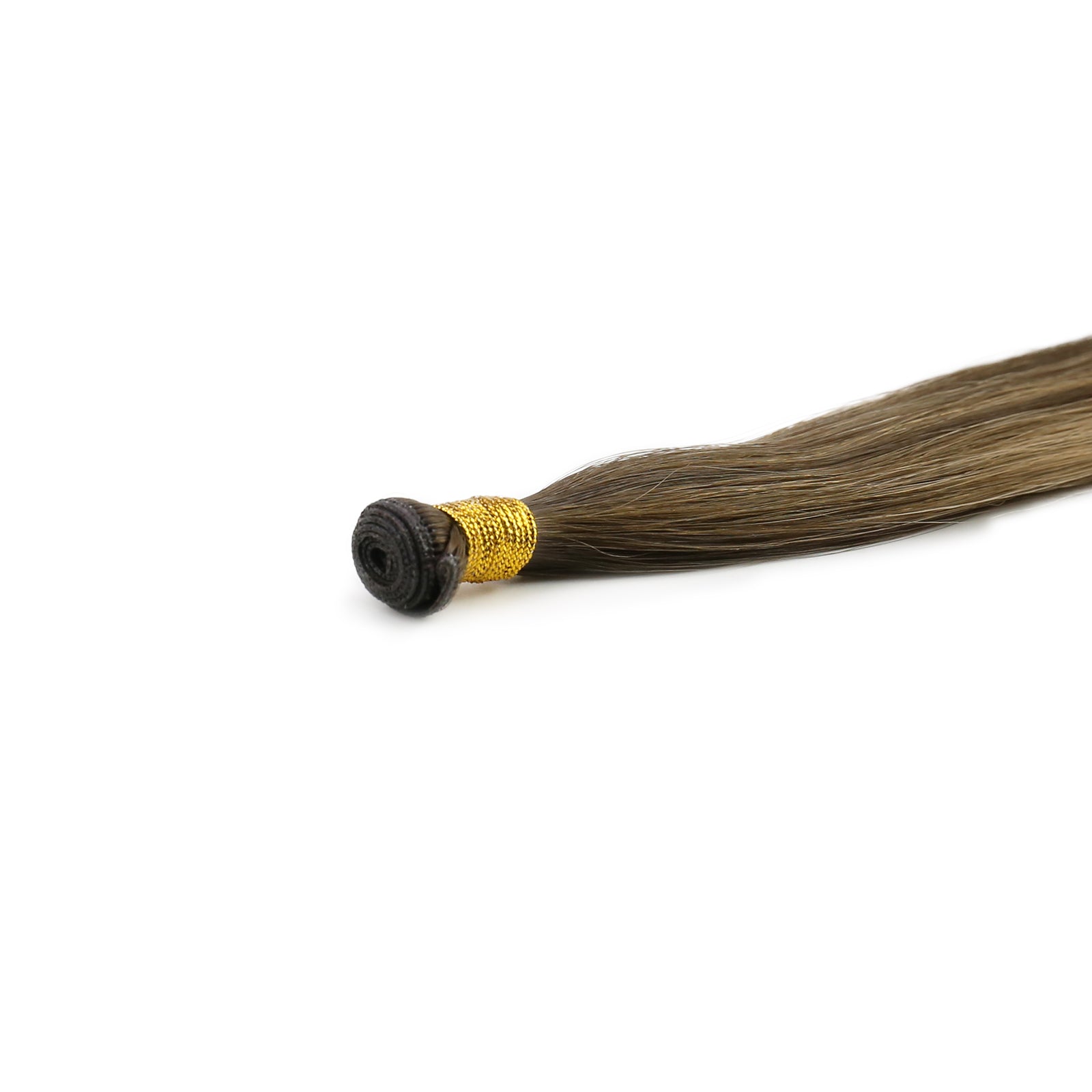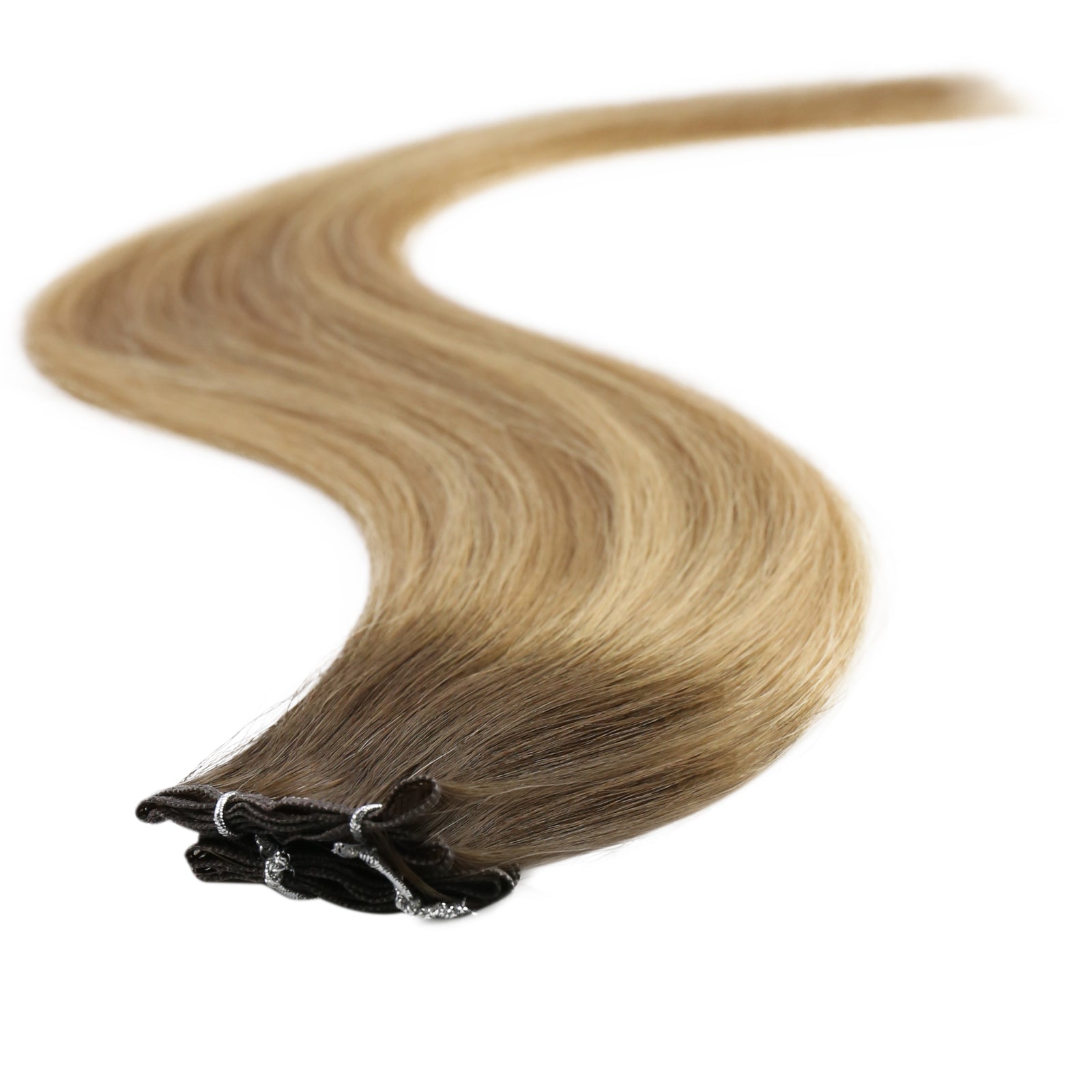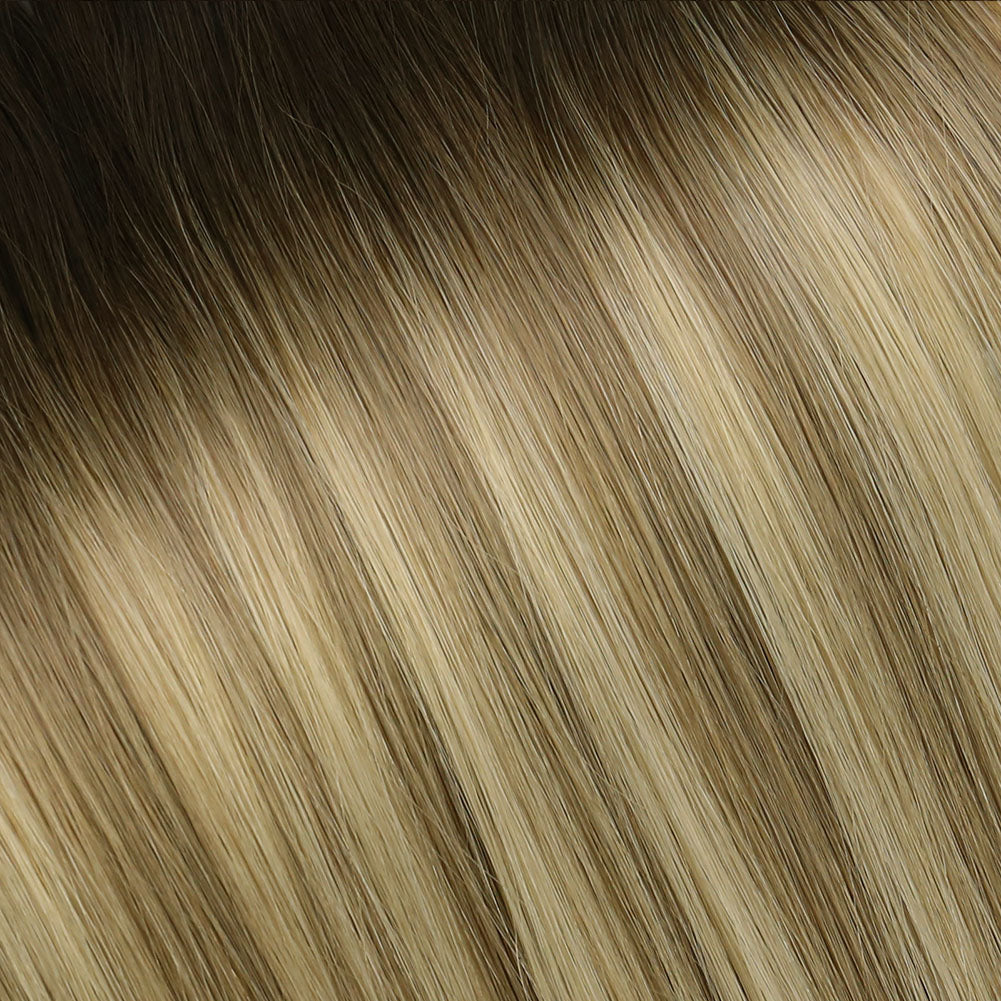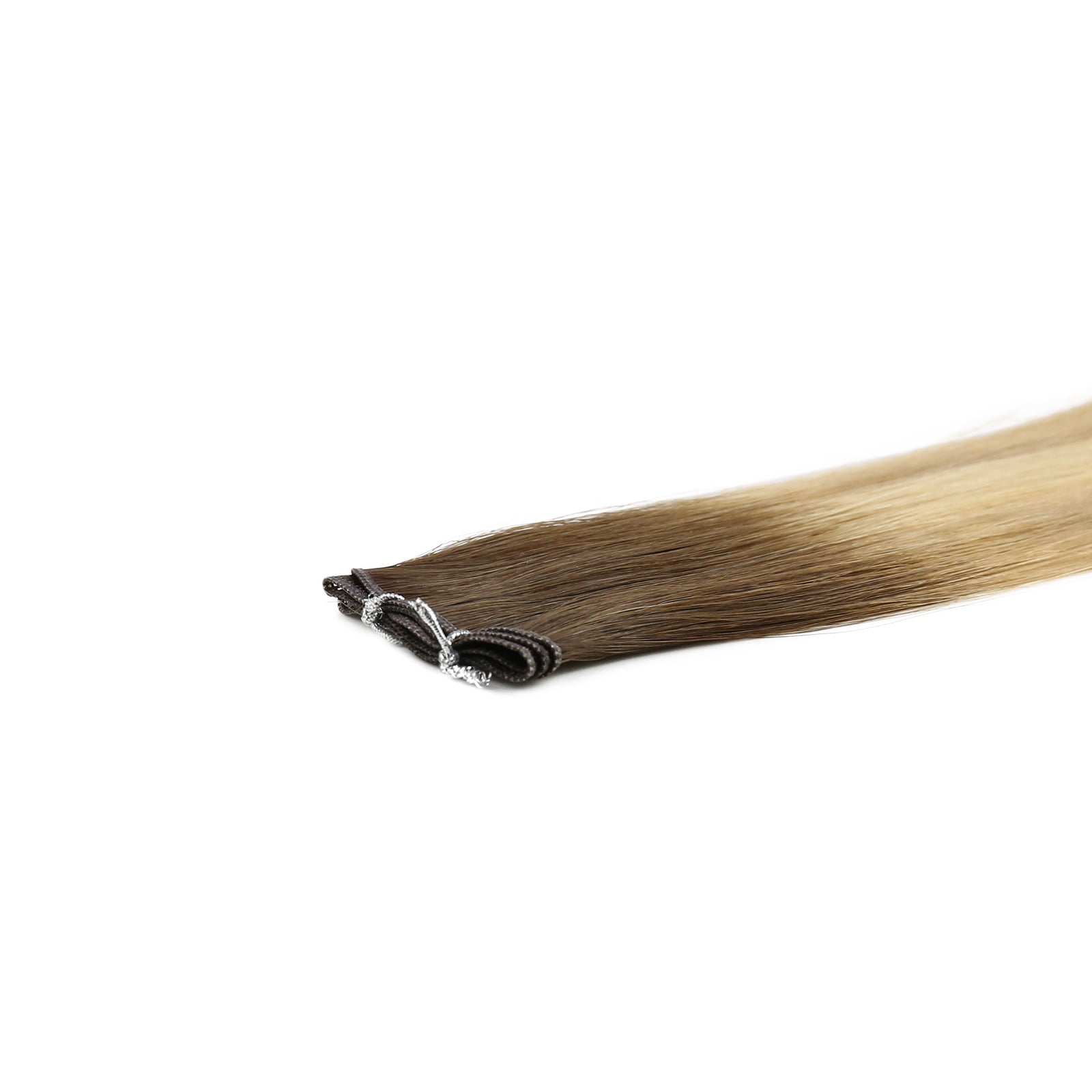Dry hair can be a frustrating issue, leaving your locks feeling brittle and lifeless. Hair masks are a fantastic solution to infuse moisture and nutrients back into your hair, but using them correctly is key to getting the best results. Here are some crucial dos and don'ts to follow when using a hair mask on dry hair.
Dos for Using a Hair Mask on Dry Hair
When it comes to revitalizing dry hair, the correct use of a hair mask can make all the difference. Following these dos will ensure that you maximize the benefits of your hair mask, leaving your locks nourished and hydrated. Here are the essential steps to get the most out of your hair mask routine.
1. Do Choose the Right Hair Mask
Not all hair masks are created equal. Selecting a mask specifically formulated for dry hair is essential for addressing your hair's needs. Look for products rich in hydrating ingredients such as argan oil, shea butter, coconut oil, and keratin. These ingredients are known for their moisturizing and restorative properties.
For example, argan oil is packed with essential fatty acids and vitamin E, which help to moisturize and nourish the hair. Shea butter provides intense hydration and also contains vitamins A and E, which are essential for hair health. Keratin, a protein that makes up the hair structure, can help to repair damaged hair and restore its natural strength and elasticity.
2. Do Apply to Damp Hair
Applying a hair mask to damp hair is more effective than applying it to dry or soaking wet hair. When your hair is damp, it is more porous and better able to absorb the mask's nutrients. To achieve the best results, wash your hair with a mild shampoo, towel-dry it until it's just damp, and then apply the hair mask. This method ensures that the hair cuticles are open, allowing the mask's ingredients to penetrate deeply into the hair shaft.
3. Do Section Your Hair
Dividing your hair into sections ensures an even and thorough application of the hair mask. This technique allows you to apply the product evenly, making sure that every strand gets the nourishment it needs. Start by parting your hair into four to six sections, depending on its thickness and length. Clip each section separately, then work on one section at a time. Apply the hair mask from the roots to the tips, paying extra attention to the ends, which are usually the most damaged and dry.
4. Do Use a Wide-Tooth Comb
After applying the hair mask, use a wide-tooth comb to distribute the product evenly through your hair. Combing helps to detangle your hair and ensures that the mask coats each strand from root to tip. This step is crucial for preventing clumps of product from forming and for maximizing the mask's effectiveness. Be gentle when combing through your hair to avoid breakage and damage, especially when your hair is damp and more vulnerable.
5. Do Leave It on for the Recommended Time
For the hair mask to work its magic, it needs time to be absorbed. Always follow the instructions on the hair mask packaging regarding how long to leave it on. Most masks suggest a duration of 10-20 minutes, which is typically enough time for the ingredients to penetrate and nourish the hair. If your hair is extremely dry or damaged, you might leave the mask on for a bit longer, but be cautious not to overdo it, as this can sometimes lead to product buildup.
6. Do Rinse Thoroughly with Cool Water
Rinsing out the hair mask with cool water is essential for sealing the hair cuticles and locking in moisture. Cool water helps to smooth the hair shaft, making it appear shinier and more manageable. Thoroughly rinse your hair until the water runs clear to ensure that no residue is left behind, which can weigh your hair down and make it look greasy.

Don'ts for Using a Hair Mask on Dry Hair
While hair masks can be incredibly beneficial, there are common pitfalls that can undermine their effectiveness. Avoiding these don'ts will help you prevent potential issues like buildup and irritation, ensuring your hair remains healthy and manageable. Here are the key mistakes to avoid when using a hair mask on dry hair.
1. Don't Use Too Much Product
Using more hair mask than recommended won't necessarily yield better results. In fact, using too much product can weigh your hair down, making it greasy and difficult to rinse out. Always follow the guidelines on the packaging regarding the amount to use. A small amount can go a long way, especially with concentrated formulas. Start with a nickel-sized amount for short hair and a quarter-sized amount for longer hair, adding more if necessary.
2. Don't Apply to the Scalp
Unless the hair mask is specifically designed for the scalp, avoid applying it directly to your scalp. Hair masks can be heavy and might clog your scalp's pores, leading to buildup and potential irritation. Focus on applying the mask to the mid-lengths and ends of your hair, where dryness and damage are more prevalent. This method ensures that the hair shaft receives the maximum benefit without overloading the scalp.
3. Don't Use Hot Water
Hot water can strip your hair of its natural oils, counteracting the benefits of the hair mask. Always use cool or lukewarm water when rinsing out the mask. Hot water opens the hair cuticles too much, allowing moisture to escape, while cooler water helps to close the cuticles, sealing in the moisture and nutrients from the hair mask.
4. Don't Overuse Hair Masks
While hair masks are excellent for hydration, using them too frequently can lead to buildup and greasy hair. Stick to using a hair mask once or twice a week, depending on your hair's needs. Overusing hair masks can also make your hair overly soft and difficult to style. Maintaining a balanced hair care routine ensures that your hair remains healthy and manageable.
5. Don't Skip Your Regular Conditioner
A hair mask should complement your regular hair care routine, not replace it. Continue to use your regular conditioner on days you don't use the hair mask to maintain moisture levels. Conditioners help to keep the hair cuticles smooth and provide daily hydration, while hair masks offer a deeper treatment. Using both ensures that your hair receives both daily and intensive care.
6. Don't Ignore the Ingredients
Pay attention to the ingredients in your hair mask. Avoid masks with harsh chemicals or sulfates that can further dry out your hair. Opt for natural, nourishing ingredients for the best results. Ingredients like coconut oil, aloe vera, and honey are known for their moisturizing properties, while proteins like keratin and silk can help to strengthen and repair damaged hair. Reading the ingredient list ensures that you are using a product that aligns with your hair's needs and health goals.

Common Mistakes to Avoid with Hair Masks
When using hair masks, there are common mistakes that can negate their benefits or even cause damage. Understanding and avoiding these mistakes can ensure you get the most out of your hair mask.
Using a Hair Mask on Dirty Hair
Applying a hair mask to dirty or overly oily hair can prevent the mask's ingredients from penetrating effectively. Ensure your hair is clean before applying the mask. A mild shampoo wash can remove any buildup, allowing the mask to work its magic.
Not Rinsing Out the Mask Properly
Leaving residue from a hair mask in your hair can lead to buildup, making your hair feel heavy and greasy. Rinse thoroughly with cool water until the water runs clear to avoid any leftover product.
Using the Wrong Type of Hair Mask
Using a mask not suited for your hair type can cause more harm than good. For dry hair, opt for deeply hydrating masks. If your hair is color-treated, look for masks that are color-safe and provide moisture.

Can Hair Extensions Help Manage My Dry Hair?
Hair extensions can provide a temporary boost in volume and length, but they don't directly address the issue of dry hair. In fact, if not properly cared for, hair extensions can sometimes exacerbate dryness. It's crucial to maintain a good hair care routine to keep both your natural hair and extensions healthy. Extensions should be seen as a styling tool rather than a solution for dry hair.
Wrapping It Up
Using a hair mask correctly can make a world of difference for dry hair. By following these dos and don'ts, you can maximize the benefits of your hair mask, leaving your hair hydrated, healthy, and vibrant. Remember, consistency and proper application are key to achieving the luscious locks you desire.
